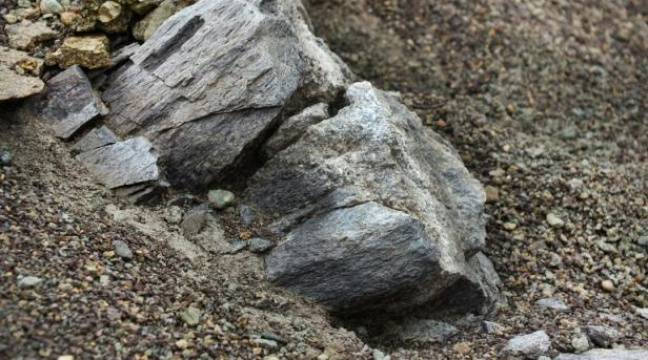
A new type of toothless dinosaur has been discovered
The National Museum in Rio de Janeiro announced on Thursday the discovery ofA new species of ‘extremely rare’ dinosaur, a “toothless” theropod lived in southern Brazil 70 to 80 million years ago.
This tiny dinosaur, named ‘Berthasaura leopoldinae’, was 1 meter long and 80 centimeters high from a group of fossils found during excavations in Parana state, between 2011 and 2014.
A big step forward
Theropods are bipedal, usually carnivorous or carnivorous dinosaurs, with teeth.
But this one “had a beak, and no tooth, unlike every other species discovered in Brazil hitherto”, the National Museum said in a press release.
The study, conducted jointly with the Contistado Center for Paleontology in (south) Santa Catarina state, was published Thursday in the scientific journal Nature.
Paleontologist Alexander Kellner, director of the National Museum, noted that the fossils were well preserved.
« We have skull remainsbraces of the jaw, spine, pelvis, thorax, front and hind limbs, making Bertha one of the most complete Cretaceous dinosaurs ever discovered in Brazil,” he explained in a press conference.
According to paleontologists, the fact that this species does not have a tooth is a “real surprise” which raises many questions about its diet.
“It may have eaten differently than other theropod dinosaurs, but just because it didn’t have a tooth that doesn’t mean it couldn’t eat meat,” said one of the study’s authors, Giovanni Alves de Sousa.
The name “Berthasaura leopoldinae” was chosen in honor of Bertha Luz, a Brazilian scientist and researcher at the National Museum, and Empress Maria Leopoldina, wife of Emperor Pedro I of Brazil and patron of natural science studies.
The National Museum, the largest natural history museum in Latin America, was destroyed by a horrific fire in September 2018, and priceless collections were strewn in smoke, including fossil treasures.
Reconstruction work began last week and is expected to be completed in 2026.

“Unapologetic pop culture trailblazer. Freelance troublemaker. Food guru. Alcohol fanatic. Gamer. Explorer. Thinker.”
